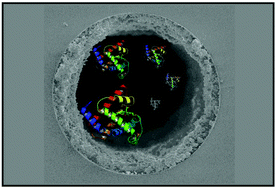
The authors explain how the challenge test works, its historical context and interpret the results using pharmacopoeia criterion.
The challenge test predicts the antimicrobial abilities of cosmetic preservatives over a prolonger period of time. Salgado and colleagues critique the efficacy of the challenge test for analysisng preservative effectiveness in this critical review.
Read it for free until the 1st April.
The use of the challenge test to analyse preservative efficiency in non-sterile cosmetic and health products: applications and critical points
F. A. M. Fiorentino, M. Chorilli and H. R. N. Salgado
Anal. Methods, 2011
DOI: 10.1039/C0AY00597E











